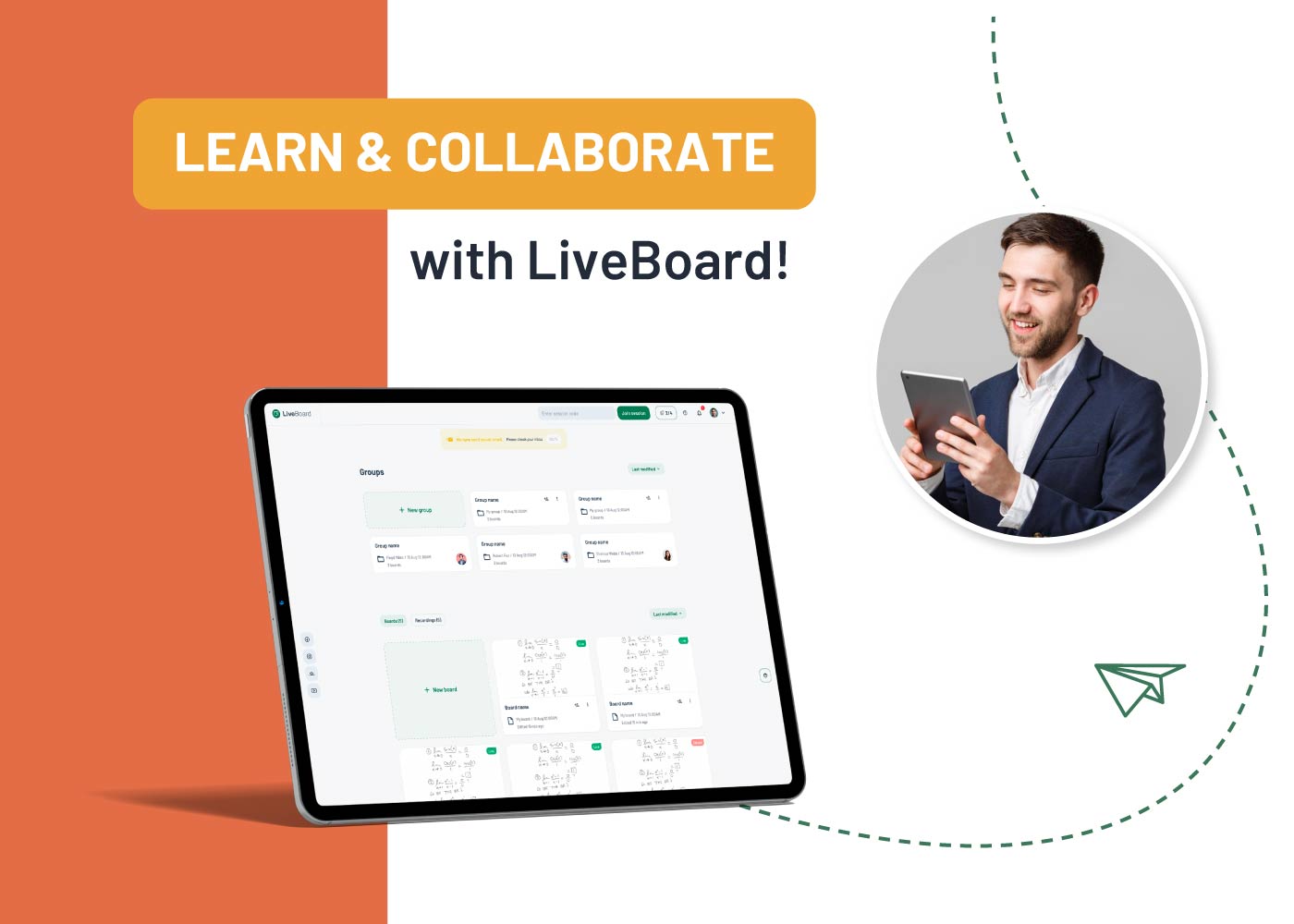Individual versus group tutoring – the never-ending debate is still more than relevant as tutors try to find the secrets of effective lesson organization. Let’s try to settle this debate by exploring the core differences between the two approaches. Keep in mind that both methods have benefits and drawbacks, so make sure to weigh all your options before making a decision!
Key Terminology Explained
Before looking closely at both individual and group tutoring, let’s briefly review some terminology you’ll often encounter in this article.
Individual Tutoring
As the term suggests, individual tutoring is the one-on-one interaction between the tutor and the student. The setting is intimate and focused on the learner’s unique needs. Individual tutoring sessions can be held either in person or online.
Group Tutoring
Group tutoring is a form of instruction where the tutor works with several students simultaneously. Groups can be created based on different criteria, such as age, learning pace, or skill level.

Today most parents opt for private tutoring because they believe their child will receive more attention from the tutor, and as a result make better progress. Due to the popularity of this approach, the global individual tutoring market is expected to grow to $201.8 billion by 2026. This momentum points to one thing – more and more parents prefer private lessons to the standard school curriculum. Let’s look at a few distinctive individual and group tutoring features to see what lies behind this popularity.
Individual vs Group Tutoring: The Pros and Cons
Individual tutoring sessions may be a good option for students who need extra help to catch up with their peers. While there are several types of learning styles, including kinaesthetic, visual and auditory, developing a personalized teaching approach is easier with individual tutoring. In fact, many students benefit more from tutors focusing on their specific needs rather than using the same teaching approach with the whole classroom.
However, if a student struggles with learning disabilities or requires special care, as open-minded as modern societies may be, not all group tutoring can provide an inclusive environment. This is another reason individual tutoring is more effective than group tutoring.
Nevertheless, private lessons are usually more expensive than group sessions. Small-group tutoring can be a good solution for people on a tight budget who still want their children to receive professional help outside school. It’s a cost-effective way to get quality instruction without breaking the bank.
Group tutoring also has its advantages. While individual tutoring gives the student undivided attention from the tutor, groups are ideal for socialization. The more children interact with each other, the better they understand concepts. In addition, group tutoring sessions can motivate some students to compete with their peers and strive to improve themselves.
Opting for Group Tutoring: Use Cases
While there are benefits to both approaches, some students benefit more from one type of instruction than another. Here are a few cases when group tutoring happens to be the only right choice:
Case #1: The Student Is a Visual Learner
If a child is a visual learner, they understand and remember things by seeing them. Such students benefit from using different colors, charts, and diagrams to learn new concepts. Group tutoring is the best way to provide them with a stimulating learning environment full of various visual aids, group assignments, and other activities.

Case #2: The Student Wants to Prepare for a Competition
Group tutoring is the way to go if the goal is to prepare for a competition. Group sessions help students develop teamwork skills and understand how to cooperate with others. Besides, they learn to stay calm under pressure and perform their best when it matters the most.
The group tutoring vs individual tutoring debate is still hotly debated. However, there’s no single answer to which tutoring type is better. The most important element is to assess a child’s learning abilities and choose the approach that will work better for them.
Opting for Individual Tutoring: Use Cases
Individual tutoring is a great option for students who want to get ahead of their peers or have difficulty comprehending new concepts. Private sessions give the student full attention from the tutor, which allows for a more customized learning experience.
Case #1: Shy Students
Shy students may feel uncomfortable in group settings and have difficulty asking questions. Individual tutoring is the best way to help them build confidence and learn at their own pace without feeling embarrassed.

Case #2: Gifted Students
Gifted students often need to be challenged and may get bored in a traditional classroom setting. Individual tutoring allows such students to learn faster and go above and beyond what they learn at school. Some children learn faster in classroom settings, while others do much better with private tutoring (one-on-one sessions).
Summing up the Debate
The individual vs group tutoring debate has been around for a long time. While both approaches have their pros and cons, the most important thing is to choose the type of tutoring that will work better for a particular student. Let’s quickly go through the main points concerning each learning strategy to make sure you’ve got them down:
- Individual tutoring is more expensive than group sessions but provides the student with the tutor’s full attention and a more customized learning experience.
- Group tutoring is a more cost-effective and ideal socialization opportunity. It also has the potential to be more motivating for some students.
- Individual tutoring is the best choice for shy or gifted students, i.e., those who need extra attention and care to understand new concepts and stay motivated to learn.
- Group tutoring is the best way to develop teamwork skills.
Pro Tip to Boost Individual and Group Lessons
This article provided an overview of the differences between group and individual tutoring, and what it takes to make group and individual tutoring sessions even more effective. The key is to incorporate modern tech solutions into the learning process! Keeping students’ attention can be challenging, but with the right educational tools, it’s possible to make any tutoring session more engaging and interactive.

For example, LiveBoard is a new-generation interactive whiteboard designed for seamless and real-time student-tutor collaboration. Its user-friendly interface and STEM-specific tools make it an ideal solution for group and individual tutoring sessions. So, if you’re looking for a way to make your teaching more efficient and fun, give LiveBoard a try!


